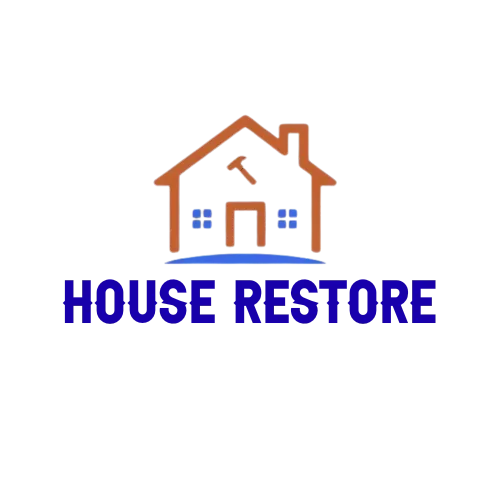Insurance Claims Process Guide for Home Restoration
Navigating insurance claims after property damage doesn't have to be overwhelming. We'll help you through every step.
Download Claim Resources Call Our Claims Help LineUnderstanding Your Insurance Claim Process
When disaster strikes your home, dealing with insurance claims can feel overwhelming. Most homeowners insurance policies cover sudden and accidental damage, but understanding what to expect and how to navigate the process makes a significant difference in your claim experience and outcome.
Working with experienced restoration professionals who understand insurance requirements can streamline the process, maximize your settlement, and reduce stress during an already difficult time. We've helped thousands of homeowners successfully navigate their insurance claims.
Step-by-Step Insurance Claims Process
Following a structured approach to your insurance claim ensures you don't miss important steps that could affect your coverage or settlement amount.
Immediate Documentation
Take photos and videos of all damage before making any temporary repairs. Create a detailed inventory of damaged items with descriptions, ages, and approximate values.
Contact Your Insurance Company
Notify your insurance provider as soon as possible after the damage occurs. Most companies have specific timeframes for reporting claims to remain eligible for coverage.
Mitigate Further Damage
Take reasonable steps to prevent additional damage, such as placing tarps on damaged roofs or stopping water flow. Keep receipts for any materials purchased for temporary repairs.
Schedule Adjuster Inspection
Coordinate with your insurance company to have their adjuster inspect the damage. Having a restoration professional present during inspections often results in more accurate assessments.
Review Settlement Offer
Carefully examine the adjuster's report and settlement offer. Compare it with estimates from restoration professionals to ensure all damage has been properly accounted for and valued.
Complete Repairs
Once you've agreed on the settlement, proceed with repairs using qualified restoration professionals. Keep all documentation and receipts for completed work.
Documenting Damage for Insurance Claims
Thorough documentation significantly impacts the success of your insurance claim. Insurance companies require clear evidence of damage and loss to process claims efficiently.
Capture clear evidence of damage with these techniques:
Create a comprehensive inventory of damaged items:
Provide detailed descriptions of damage:
Free Insurance Claim Resources
We've created these resources to help you navigate the insurance claims process more effectively. Download them for reference throughout your claim.
Our comprehensive checklist guides you through each step of the claims process, ensuring you don't miss important details that could affect your settlement.
Download PDF ChecklistUse our professionally designed templates to create thorough inventories, damage reports, and correspondence with your insurance company.
Download TemplatesLearn the specific requirements and preferences of major insurance companies to streamline your claim process and avoid common pitfalls.
Download GuideWhat Restoration Services Does Insurance Typically Cover?
Most homeowners insurance policies cover restoration services needed to repair damage from sudden, accidental events. Coverage specifics vary by policy and cause of damage.
Insurance Coverage Estimator
Select the type of damage to see what services are typically covered:
Select a damage type above to see typical insurance coverage.
Frequently Asked Questions About Insurance Claims
Most insurance policies require you to report damage within a specific timeframe, typically 30-60 days. However, it's best to notify your insurance company as soon as possible after discovering damage. Immediate reporting can prevent further damage and streamline the claims process.
If your claim is denied, first request a detailed explanation in writing from your insurance company. Review your policy to understand the specific reasons for denial. You can appeal the decision with additional documentation, hire a public adjuster for a second opinion, or consult with an attorney who specializes in insurance claims if necessary.
Filing a claim may affect your premiums, but this varies by insurance company, the type and size of the claim, your claims history, and state regulations. Generally, claims for significant damage from unpreventable events have less impact than multiple small claims or claims for preventable issues.
It's often helpful to get at least one professional estimate before filing a claim to understand the potential repair costs. However, most insurance companies will send their own adjuster to assess the damage. Having a restoration professional present during the insurance adjuster's inspection can help ensure all damage is properly documented and valued.
Actual cash value coverage reimburses you for the item's current value, accounting for depreciation. Replacement cost coverage pays to replace the item with a similar new item without deducting for depreciation. Most policies provide actual cash value initially, then pay the difference after you replace the item if you have replacement cost coverage.
Need Help With Your Insurance Claim?
Our insurance claims specialists have extensive experience working with all major insurance companies. We can help document damage, communicate with adjusters, and ensure you receive the maximum settlement you're entitled to under your policy.
Call Our Claims Help Line: 1-602-878-7212YOUR TRUSTED home Restoration Experts
Schedule Online

HOURS
Weekdays: 8am - 5pm
Weekends: On Call
EMERGENCY SERVICE AVAILABLE
COPYRIGHT © 2025
ALL RIGHTS RESERVED. // PRIVACY POLICY // TERMS AND CONDITIONS